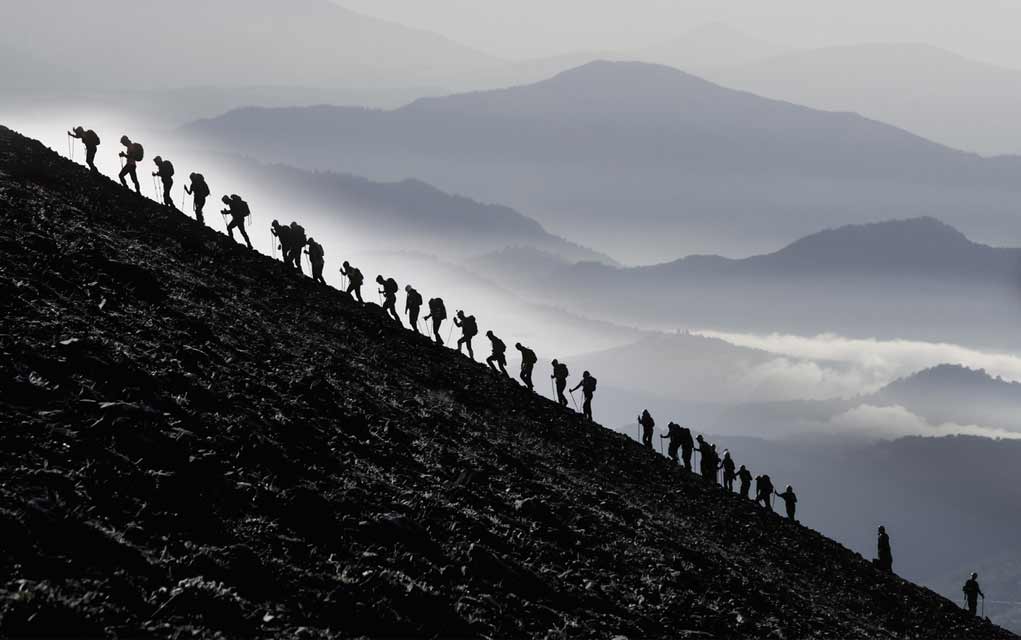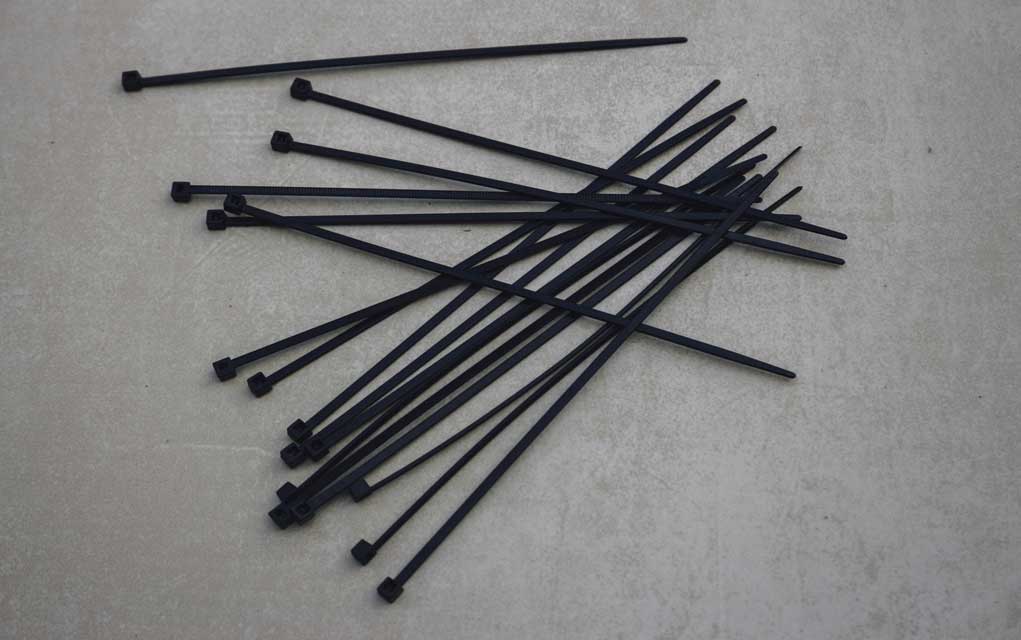(Modern Survival.org) – After a steep mountain climb, your friend’s lungs are making bubbling noises every time she exhales. She most likely has?
• High Altitude Asthma
• High Altitude Pneumonia
• Head/Chest Cold
• Pulmonary Edema
Answer: Pulmonary Edema. Here’s why…
Every year, thousands of people put on their hiking shoes, grab their gear and head out into the wild with the goal of hiking up or climbing a mountain. While there are plenty of dangers a person could face while enjoying nature, there is one sneaky issue that can strike even the most seasoned outdoor enthusiast: mountain sickness.
What is ‘Mountain Sickness’?
Mountain sickness, also known as altitude sickness or high altitude pulmonary edema (HAPE), is a condition that occurs at elevations over 8,000 feet. HAPE occurs as part of the lung’s response to an increase in elevation coupled with a lower oxygen concentration in the air. This can force the blood vessels in the lungs to tighten and increase the blood pressure within the lungs. This, in turn, causes fluid to leak from the blood vessels, which then begins to fill the lungs.
Symptoms of HAPE include:
- Headaches
- Nausea/vomiting
- Dizziness or lightheadedness
- Extreme fatigue
- Tightness in the chest
- Inability to catch one’s breath, even when resting
- Coughing, sometimes accompanied by a pinkish fluid
- Gurgling noises caused by breathing
- Blue or gray fingertips and/or lips
Someone experiencing HAPE needs to quit scaling the mountain immediately and begin to move down in elevation. Continuing on could lead to worse symptoms and even death.
How to Prevent Mountain Sickness
Gradually increasing elevation gives the lungs time to adjust to the lower oxygen levels, in turn decreasing the chances of HAPE occurring. Here are four basic rules to follow which can prevent the onset of mountain sickness:
- Do not climb more than 1,000 feet in elevation in one day.
- Every time 3,000 feet in elevation has been achieved (over 8,000 feet above sea level), allow an additional 24 hours of time to pass before beginning to climb again.
- Don’t overdo it during the first few days of the trip up the mountain.
- Consume plenty of water while climbing or hiking.
Exploring the great outdoors is a wonderful stress reliever. However, any time one steps out into nature, they need to be prepared. HAPE isn’t the only threat that can endanger a hiker out on the trail, after all. For more information on why it is vital to always carry a first aid kit when hiking or camping, check out our article here.
~Here’s to Your Survival!
Copyright 2023, ModernSurvival.org













